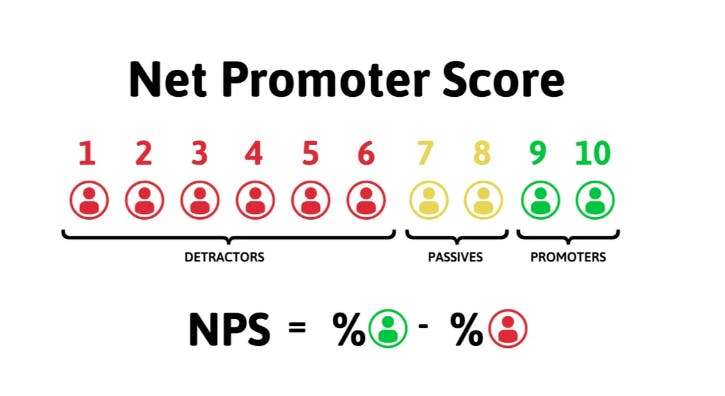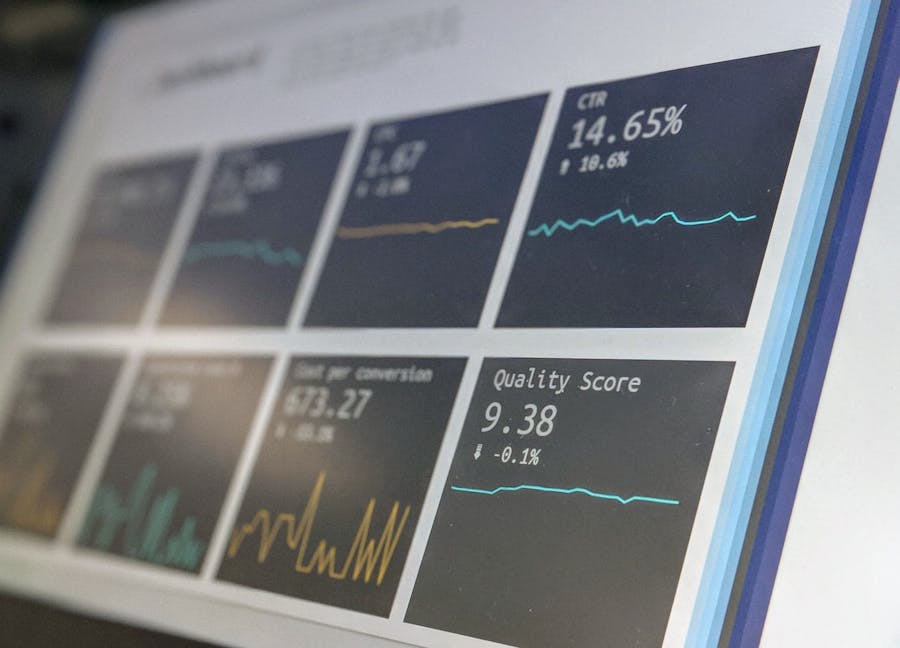How do you, as an organizer, know if your event has reached its goals? How to obtain statistics on these events? How can you obtain a dashboard (ideally in real-time) on the quality of the speakers, the caterer, the atmosphere of the evening?
To ask these questions, it is essential to anticipate the objectives of the event (because you need to have the tools to measure these data effectively beforehand):
Set-up operational KPIs according to the strategic objectives of your event :
Your objectives define your type of event:
Do you want to create a warm atmosphere to thank your staff for a year with good results (strategic objective)? You can create a Thank You Gala (typology), which implies having a very good caterer (operational KPI)! If you want to impress your prospects (strategic objective) and reassure them about who you are, a product presentation evening (typology) will be more appropriate, and you will therefore insist on creating a real show (operational KPI).
Now imagine that you are a company director and your objective is to measure the adherence to the vision and the enthusiasm of the managers. Hold a Top Management roadmap meeting and measure the enthusiasm of your managers using hostess questionnaires when they leave the room or via live surveys at virtual events.
Some KPIs are self-explanatory: if the plates come back empty at your gala and the petit fours have disappeared after 1 hour, it's a real success on the catering side.
In the same way, if during your product presentation your sales representatives run out of business cards, your event is a success!
Ok, but what about the return on investment?
The results that you will obtain from these various surveys will also be put into perspective in relation to the cost of your event and the number of participants.
Of course, you'll need to take into account opportunity costs (the fact that an employee uses his or her time for training rather than carrying out his or her usual tasks) as well as indirect costs (the salaries of the team that organized the event, for example).
- In summary, this leads to the following ROI formula, which contains two important elements:
The score: This is obviously the average score for all the objectives you have just defined.
The cost: (Direct cost + indirect cost + opportunity cost of the event) / (Number of participants in the event)).
The higher your average score variable and the lower your cost/participant, the more your event has reached its objectives (and vice versa).
It is up to you to adapt the formula of your event, but it is very important to adopt a calculation methodology once and for all and to keep it over time. This allows you to compare and thus know what you like and what you don't like (so that you are aware of your mistakes and don't make them again).
How to measure qualitative criteria?
Without going crazy about KPIs, you should be able to quantitatively measure an event (although qualitative, it seems paradoxical) and ask relevant questions:
- Overall, are you satisfied with the event? (Using a Likert scale for example, with no "don't say" box to push the respondent to make a choice)
- Did this event give you the opportunity to meet people you hadn't talked to on the premises?
- Should we change the caterer for our next event?
- Would you like a vegan menu for the next Gala?
You don't have to do too many KPIs to keep things simple, but you certainly got the idea.
Other metrics exist: It can be a Net Promoter Score (NPS) like the one often proposed at the end of a shopping trip. This type of survey may or may not be relevant depending on the number of participants. It is all the more relevant if it is a large event. You can also have the hosts and hostesses take charge of collecting the response from your participants and be able to effectively evaluate the performance of your event.

You can also measure reactions and responses to the thank you email, or on internal messaging (such as Slack, WhatsApp...), the group's reactions can be interpreted as a digital applause meter. Feelings analysis such as NPS or digital applause meters provide objective elements to monitor the performance of an event over time.
3 Small tips to boost your events:
62% of organizers are looking for new ideas according to an Eventmanager survey, so we thought we'd give you some tips:
- Don't hesitate to supervise your staff beforehand to organize a survey: Propose several themes for the event and let them choose the one they like the most, the animations they would like to see, which workshops to organizing.
- If you are organizing an internal event, why not take the opposite approach and involve your employees in the organization of the event? We always appreciate a good dish more when we cook it ourselves... This aspect, therefore, enriches the overall experience you build for your employees around the event.
However, investment can be a double-edged sword. A team may be in charge of organizing certain elements of the event, but don't try to delegate everything or you'll be seen as a false organizer!
- And why not invite a speaker outside of your business? An inspiring conference on a different theme can inspire employees and possibly give them a new prism through which to propose ideas.
Invite a karate champion for sales people, a research doctor for your development team or a university professor for your product team for example!
What about Digitevent?
Digitevent allows you to generate maximum participation by sending follow-up emails (before the event), creating segments and personalized variables.
With our tool, you can also create a post-event satisfaction survey with data on each key stage of the event: venue, caterer, theme addressed, relevance of speakers, overall score...
Don't forget to continue to communicate around the event after it has ended and collect feedback from your guests.

